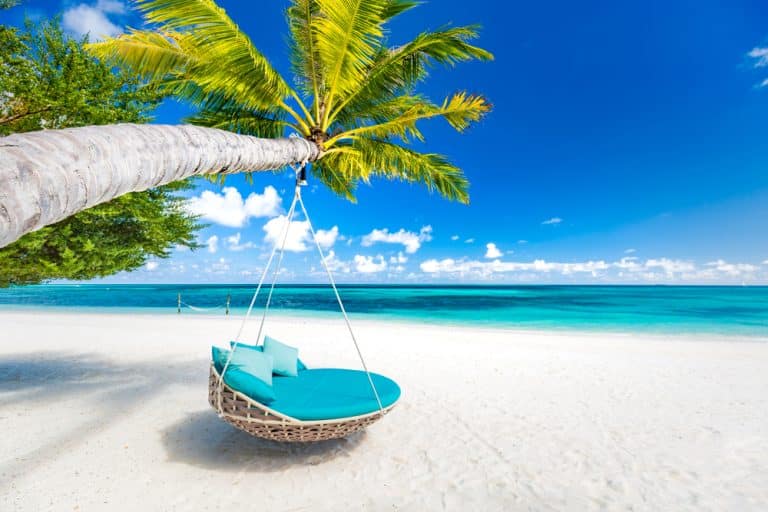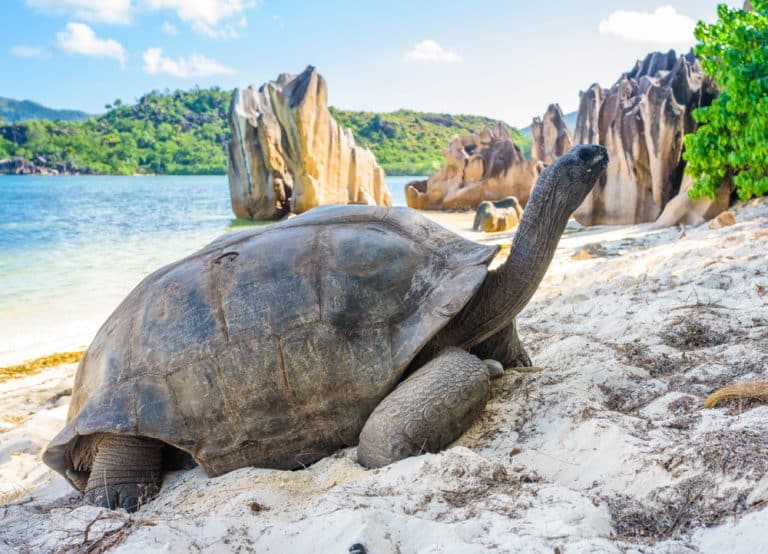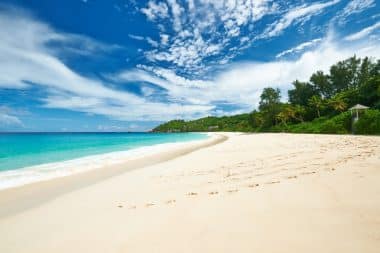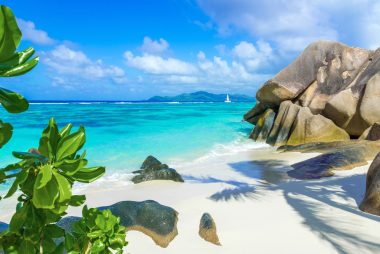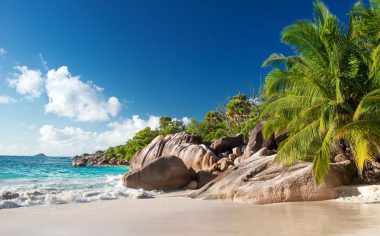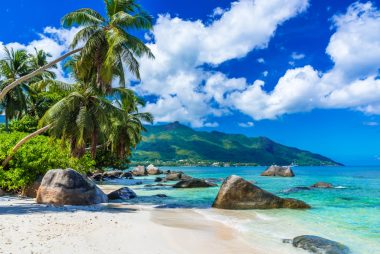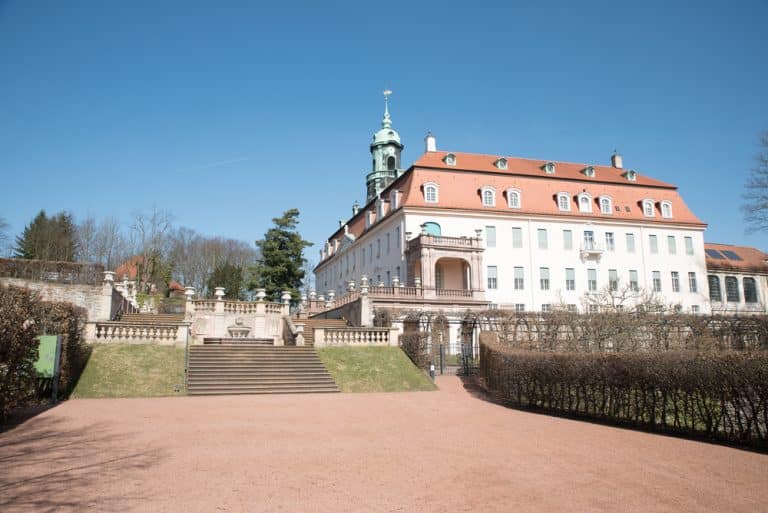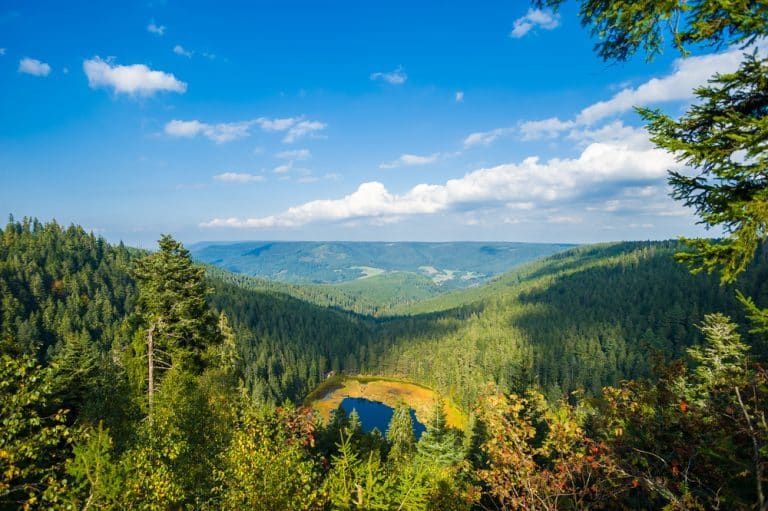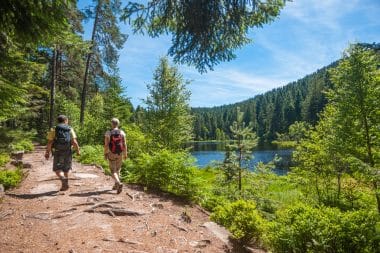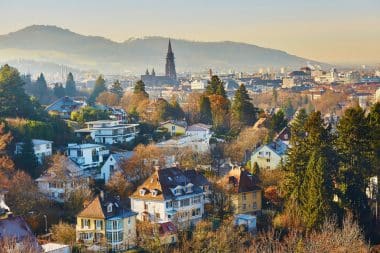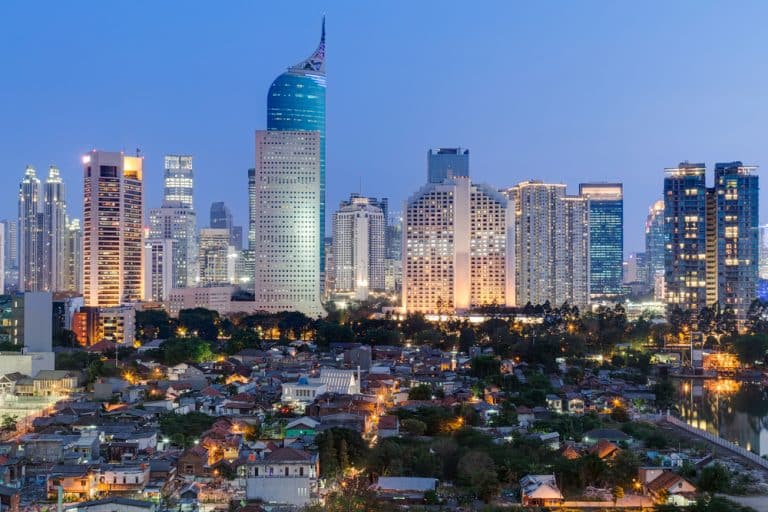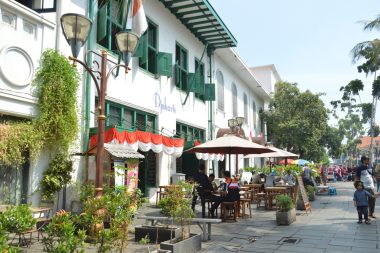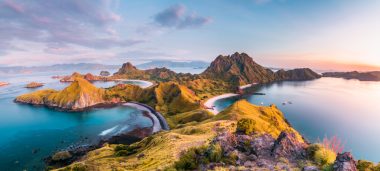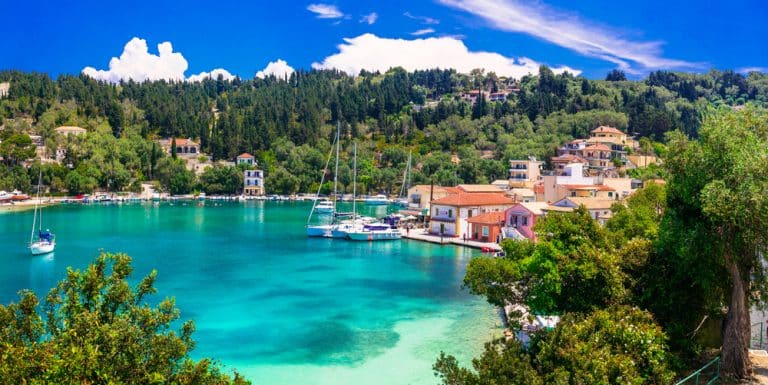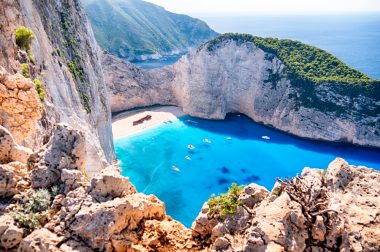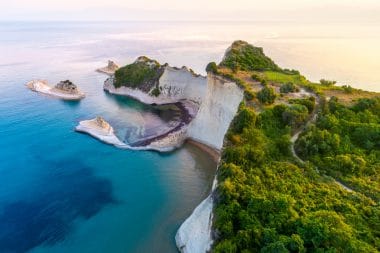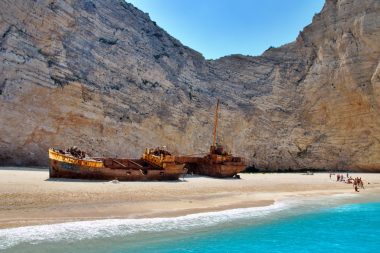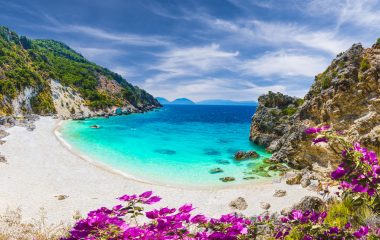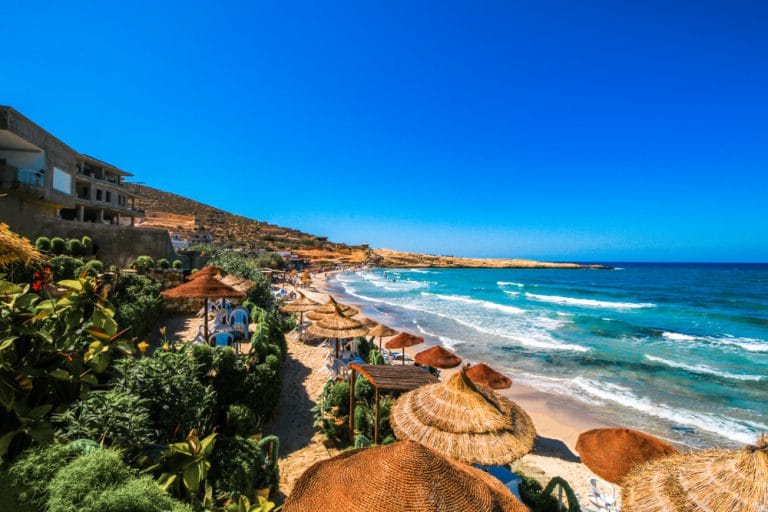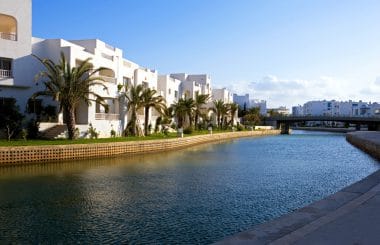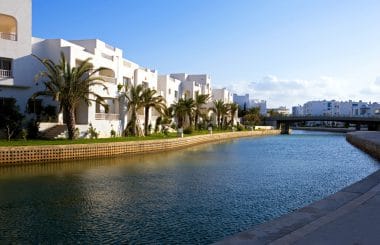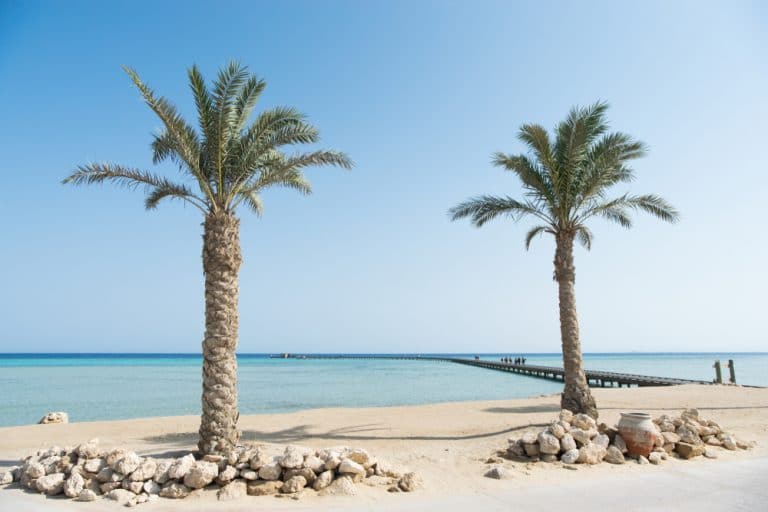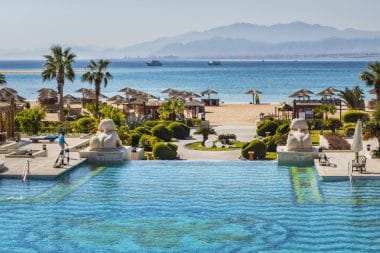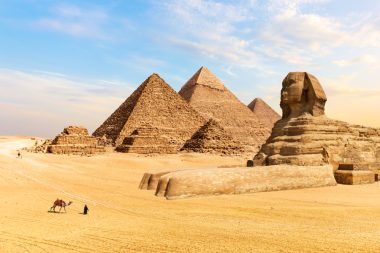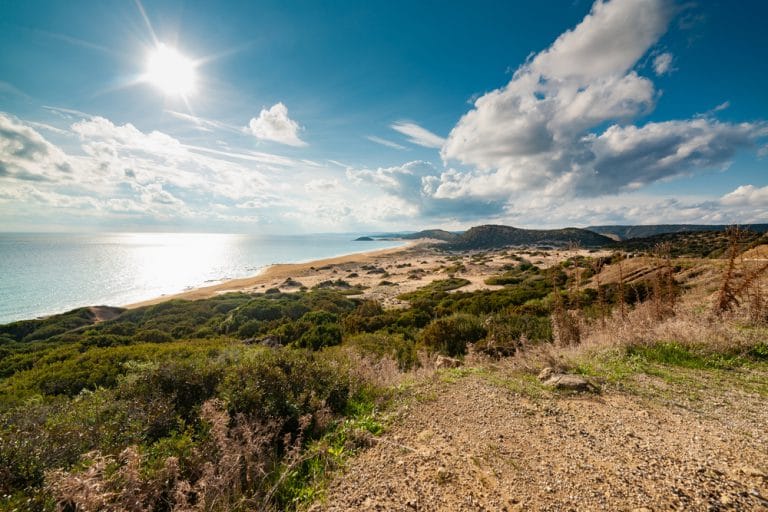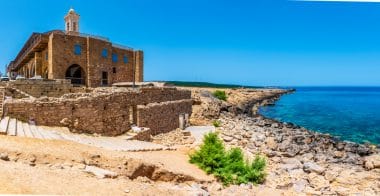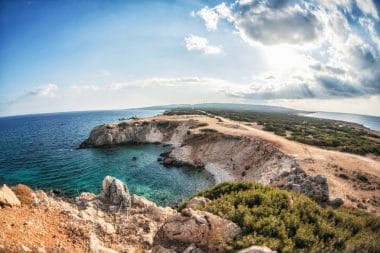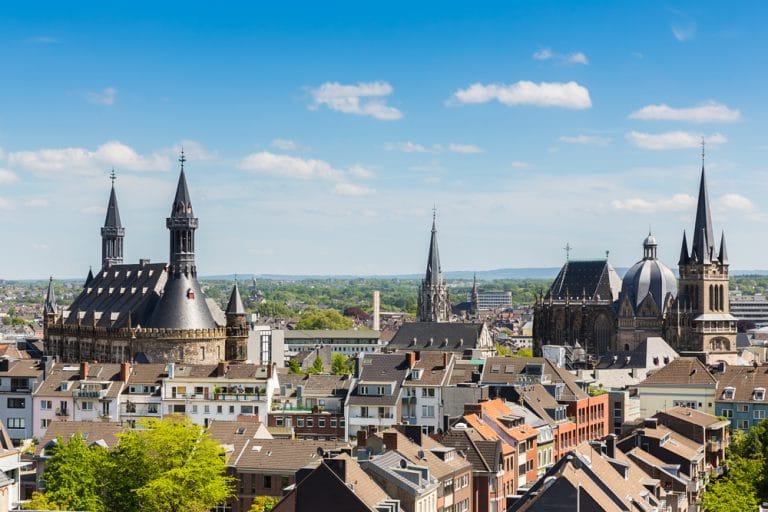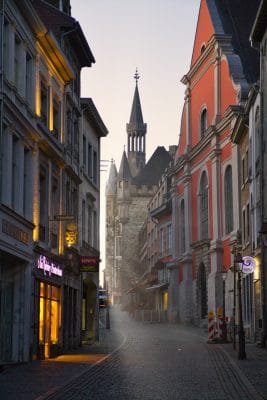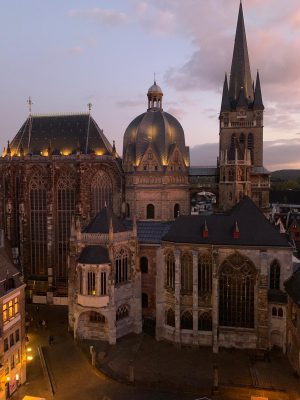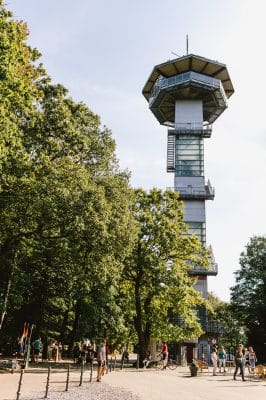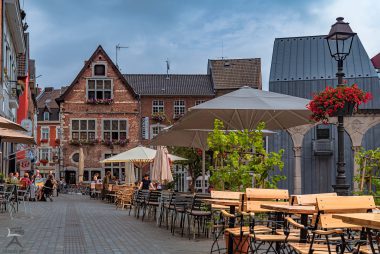The Maldives is one of the most beautiful destinations for holidaymakers who do not want to miss diving, snorkelling, swimming and other activities in the sea. With more than 1100 islands grouped into 26 atolls, the Maldives offers relaxation in the most beautiful weather. With around 30° degrees a day and 8 hours of sun, they invite you to an active beach holiday. Relaxing on the beautiful white beach in between is part of the daily programme of a successful holiday. The water is pleasantly warm at 28 ° degrees. In February and March there are hardly any rain showers. That’s why this time is the perfect time to travel. But the Maldives are also very popular in the remaining months.
North and South Male
Separated only by a channel, both islands show a different face of the Maldives. Both international airports are located on the southern part. This leads to a lot of traffic at sea and in the air. From here, speedboats take holidaymakers to their destination or fly with small island hoppers. In the vicinity of the airport and in the harbour area, a colourful hustle and bustle of locals and guests can be observed. On the beautiful beaches, there is no sign of this hustle and bustle. As in the entire Maldives, the coastal strips offer peace and relaxation.
Male – Capital of the Maldives
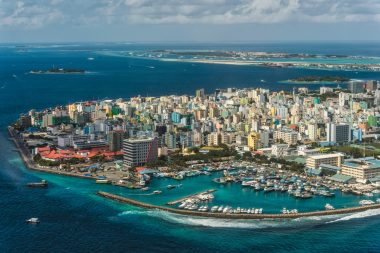
The capital city of Male is located on North Male. In addition to the white beaches, Male offers a wide range of cultural activities. Nestled in a small park is the only museum in the Maldives, the National Museum. This offers a special attraction: a museum-within-a-museum, the Police Museum.
Even from a distance, the golden dome of the Friday Mosque shines. This magnificent building was built by the first sultan of the island state in the middle of the 17th century. Made of coral blocks, the mosque seduces its visitors with unique and ornate architecture.
Marine Drive leads to the most beautiful promenade. This is where locals meet at the fish and weekly market.
Individual holiday accommodation
White beach, blue sea, palm trees: that’s how wonderful it is in the Maldives. And yet there are differences that play an important role in planning the dream vacation. Information about the peculiarities of the islands and resorts gives the opportunity to find the perfect vacation spot.
There can also be considerable price differences in accommodation, which is naturally reflected in the service or the accommodation itself. Whether casual or luxury resort: the friendliness of the residents can be felt everywhere.
Surfing in the Maldives
All tourist islands offer their guests a wide variety of water sports facilities. For surfers, the Maldives is a true paradise. While experienced surfers take to the high waves, there are also wonderful spots that are ideal for beginners. Registered surf schools provide diving equipment for beginners. Everything your heart desires is ready here.
The surf spots are divided into three regions:
North Male Atoll
For the period from April to October, the North Male Atoll is ideal. It is a guarantee for exciting surfing experiences and is not necessarily suitable for beginners. Due to its location, not far from the airport, it is usually better visited.
Southern Atoll
From February to November, the best surfing conditions are given. A successful (surfing) holiday can therefore be realised almost all year round.
Central Atoll
Surfers can still find their own wave here. Spots for right-handers are mostly still unknown and therefore little frequented. Some spots are suitable for left-handers.
Experiences on local islands

The people are friendly and helpful. Outside the tourist destinations, their own language, Dhivehi, is often still spoken. In the travel industry and various sectors of the economy, the English language is becoming more and more commonplace.
On the islands, which are inhabited by locals, insights into everyday life are revealed. The islanders live from fishing or agriculture. To get to know the people, many resorts offer day trips that show the everyday life of the population. An overnight stay is also possible on some of these islands.
In advance, the customary rules of the country should be familiarised. The strict Islamist people attach great importance to compliance with the rules, especially with regard to alcohol, behavior in public and – outside the resorts – covered clothing. If you adapt a little here, you will meet friendly and open residents.
While the male inhabitants like to seek contact with visitors, women are rather shy despite their innate friendly attitude. This typical behavior should be respected at all costs. Based on the differences between men and women, you can make contacts for a short conversation surprisingly easily – the English language is a prerequisite for this.
The fewer people live on the island, the greater the risk of being understood only in the national language, Dhivehi . An excursion with a group or a personal guide is therefore recommended.
Barefoot through the holiday season
Many islands offer holidaymakers a real feeling of freedom. Who doesn’t love walking barefoot through the sand? On the barefoot islands, shoes can be dispensed with completely. The paths here are covered with sand, so that the whole island resembles a large sand playground. Even in the small forests, walking barefoot is no problem. The great Robinson experience extends over pure sandy ground, which extends into the restaurant. The sand is cleaned and maintained daily. Unfortunately, these oases are not always fully described. When looking for these accommodations, the wish “barefoot island” should therefore be indicated. Often this appears automatically on the page with the individual preferences.
Holiday feeling under water
A complete underwater holiday – and all this without diving equipment – is an experience for every sea lover. The Maldives offers resorts on small islands, some of which are under water. Tropical fish such as barracuda wish visitors good night through large windows. Of course, there are also underwater restaurants that skilfully round off this experience. From your own beach house, which stands on stilts, you go directly into the blue sea. Above water, your own terrace invites you to relax in the sun. When booking such an extraordinary accommodation, you should pay attention to the small differences. Then this trip is a truly individual experience.
Ellaidhoo Island – Underwater World Discovery
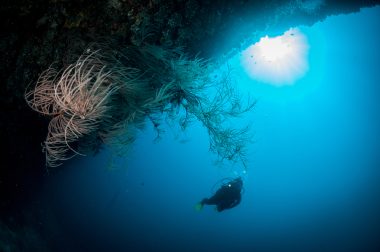
While most islands are built in such a way that snorkeling and diving can only be done around the top of the island reef, Ellaidhoo Island is different. Its unique shape gives divers the opportunity to explore the world beneath the island. Magical dives are not only offered by this access to another world. The easily accessible house reef is a special experience even for inexperienced divers. The PADI-certified school is also happy to provide experienced buddies for the dives.
Meemu Atoll – Experience dolphins in the wild
Dolphins are not uncommon on the coasts of the Maldives. The view of these animals is more difficult. Should we wait for chance or are there places where they usually stay?
The sea that surrounds the Meemu Atoll can most likely present this experience to guests. The best times for a boat trip are in the morning and afternoon. Since the dolphins are in their natural environment, it remains exciting to see when they can be seen in their home. There are no feedings and swimming together. Here, visitors learn about the natural behavior of these elegant and seemingly always smiling animals.
Hanifaru Bay – Bathing with manta rays and whale sharks
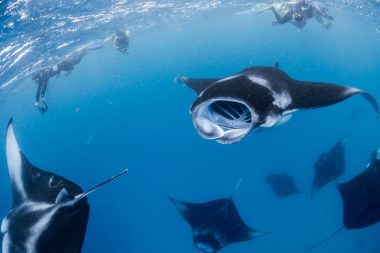
Diving with sharks is a unique experience. There are various ray and whale shark hangouts in the Maldives that attract the avid devotees of these animals. The marine reserves are rich in plankton and provide the perfect habitat for these imposing animals. Diving in the middle of a school of manta rays is an experience that every diver dreams of. Hanifaru Bay is one of the most popular meeting places for this sensational experience.
Vabbinfaru – dream island in the trend of nature conservation
This private island can only be reached by speedboat and offers exceptional insights into nature conservation. The hotel operators focus on the economic aspects of the underwater world. Fun and sport are integrated into the world of sea creatures. The majority of the sports offer is offered without motorized watercraft. This is also part of the concept of the protective environmental plan, which is an important question not only for locals.
With interesting lectures and night feedings of the Stingrays, guests learn a lot about the sea creatures in various ways. During the day, you can experience a variety of exotic inhabitants in the sea while diving or snorkeling.
Baa Atoll – UNESCO Biosphere Reserve
Only 10 of the 75 islands are inhabited. The inhabitants make their living by fishing and handicrafts. On some islands, there are magnificent resorts and guarantee a relaxing stay.
In 2011, this atoll was added to the list of UNESCO Biosphere Reserves. The intact underwater world is explained on the one hand by the nutrient-rich channels that guarantee the exotic biodiversity under water. On the other hand, there are the ecologically important mangrove swamps here.
Felidhu – the most beautiful diving reef in the world
Felidhu Atoll comprises 26 islands, of which only five are inhabited. The Fotteyo Kadu dive reef is the absolute highlight for any diver. An abundance of exotic sea creatures and magnificent coral banks The shape of this atoll is reminiscent of Italy’s shape of a boot and will therefore quickly be assigned.
The Maldives is one of the most attractive holiday destinations in the world. Sun, sea, luxury, sport are just some of the highlights that guarantee a successful holiday. The Maldives is just as suitable for families as it is for surfers and divers. Exploring other atolls comfortably by speedboat or seaplane is one of the highlights of this holiday.
The atolls of the Maldives
- Haa Alif Atoll
- Haa Dhaalu Atoll
- Shaviyani Atoll
- Noonu Atoll
- Raa Atoll
- Baa Atoll
- Lhaviyani Atoll
- Kaafu Atoll
- Alif Alif Atoll
- Alif Dhaalu Atoll
- Vaavu Atoll
- Meemu Atoll
- Faafu Atoll
- Dhaalu Atoll
- Thaa Atoll
- Laamu Atoll
- Gaafu Alif Atoll
- Gaafu Dhaalu Atoll
- Gnaviyani Atoll
- Seenu Atoll
- Male’ Atoll (also known as Kaafu Atoll)
- Ari Atoll (also known as Alif Alif and Alif Dhaalu Atoll)
- Felidhu Atoll (also known as Vaavu Atoll)
- Mulaku Atoll (also known as Meemu Atoll)
- Nilandhe Atoll (also known as Faafu Atoll)
- Thiladhunmathi Atoll (also known as Haa Alif, Haa Dhaalu and Shaviyani Atoll)


